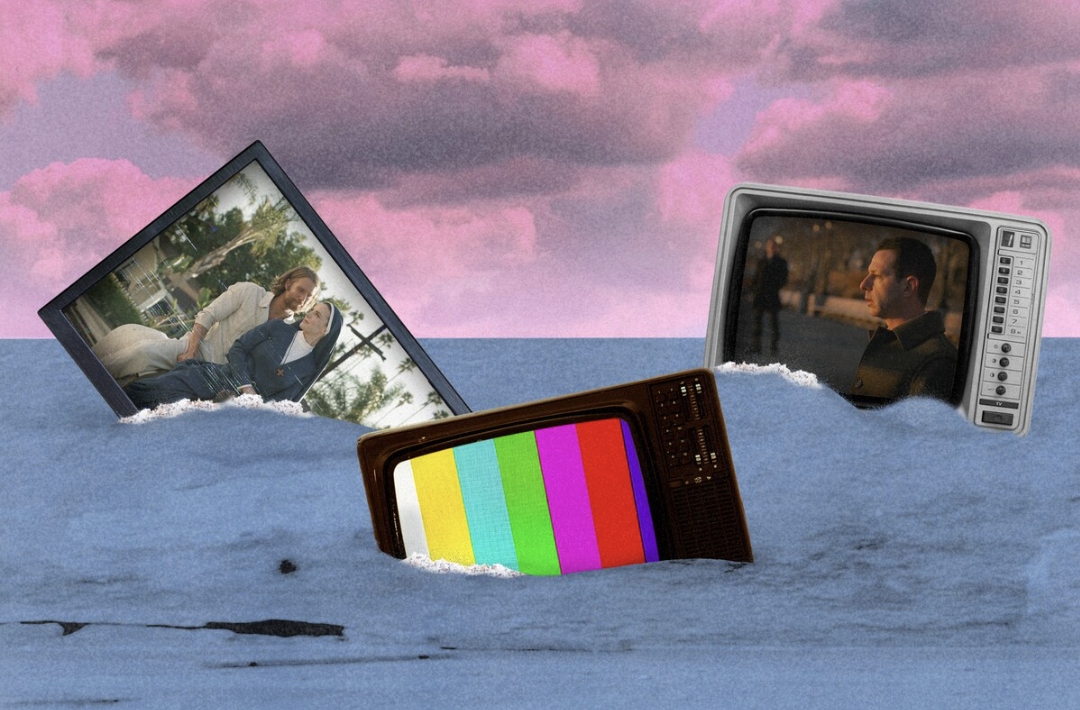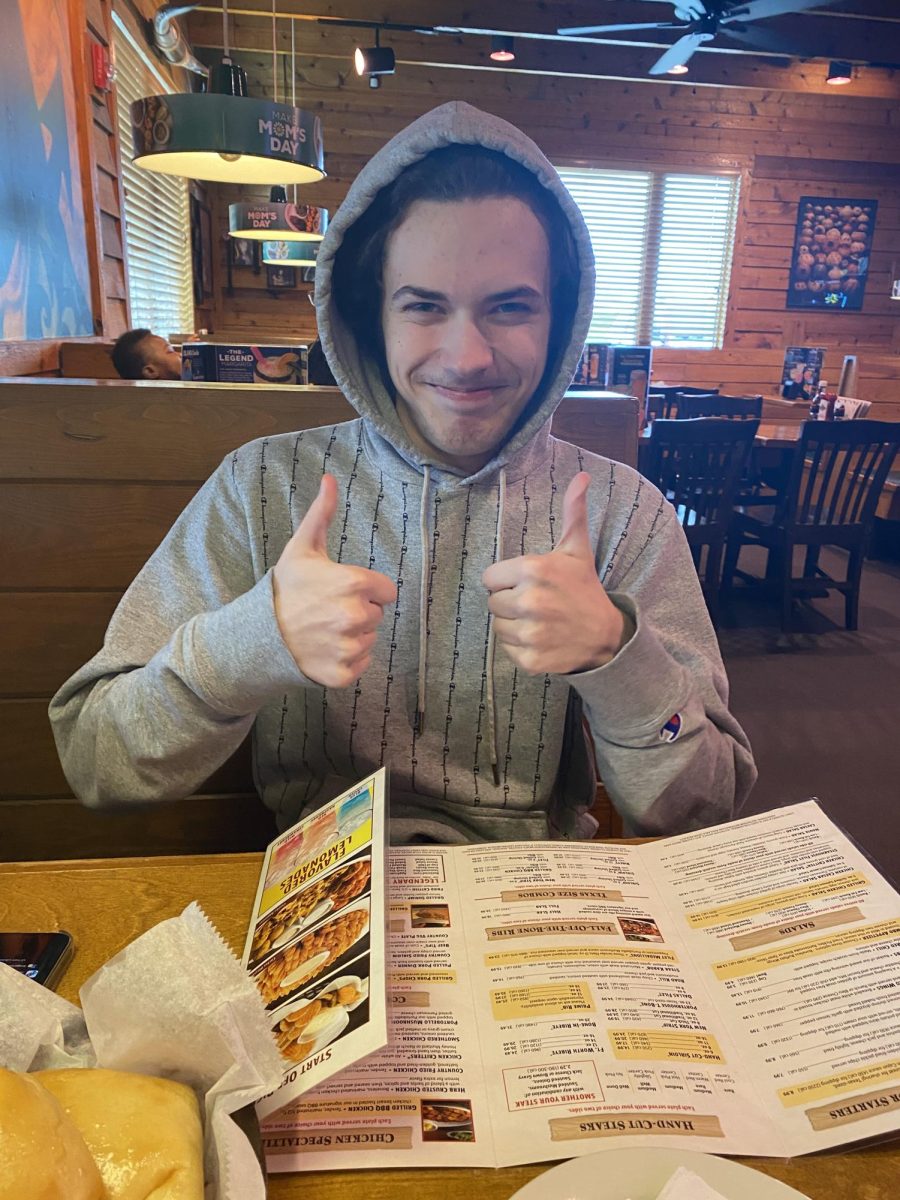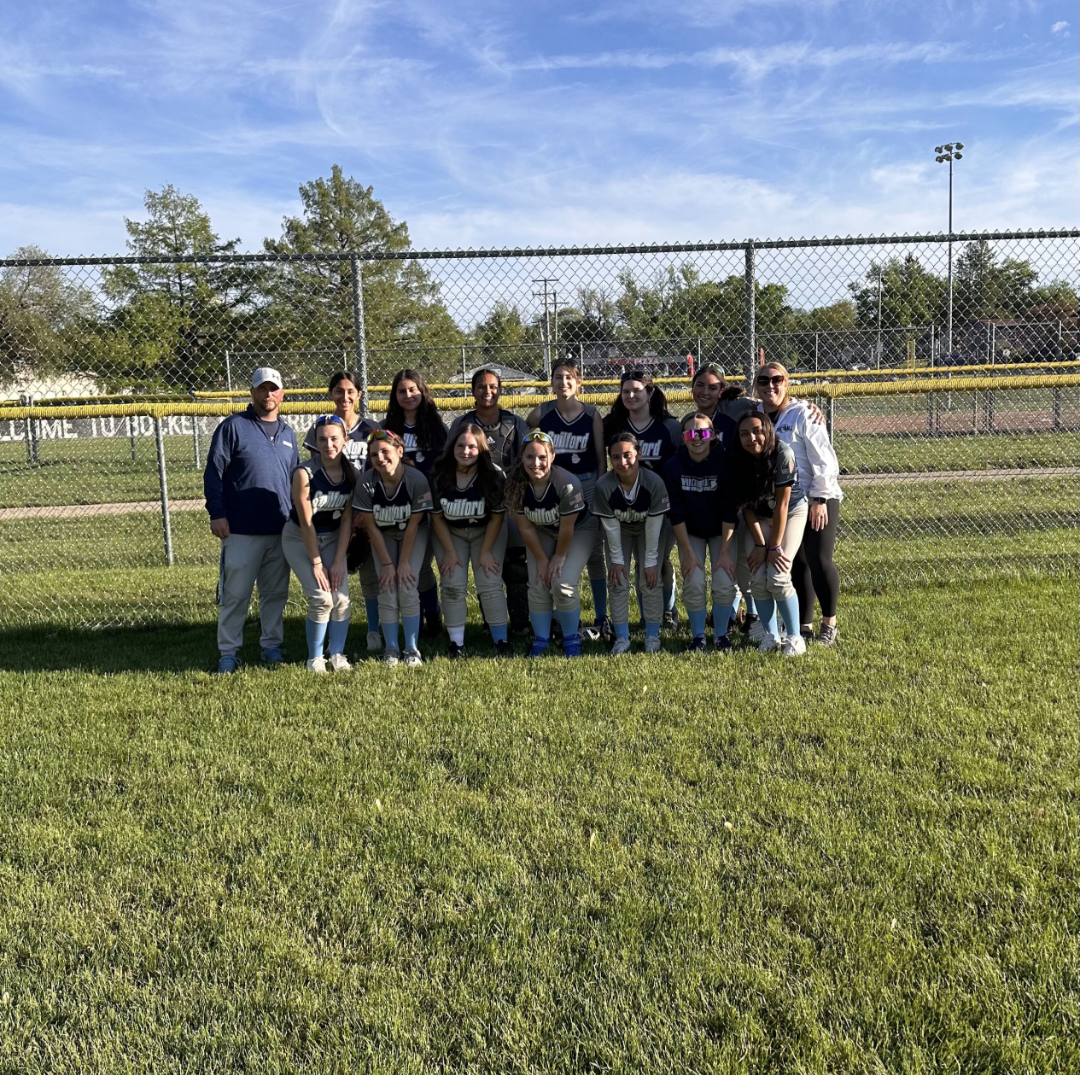Half-Life 2 came out on November 16, 2004. With the year 2024, Half-Life‘s 25th Anniversary has ended, and it is only right that the creation that has won 39 Game of the Year awards deserves an up-to-date review twenty years after its first release.
Despite its critical success, only 18.8 million copies have been sold worldwide compared to most modern popular video games that receive much higher numbers than that within a decade. Therefore, this review is not only meant to express opinions on the game, but to encourage those who have not yet played it to get it if you happen to be in the possession of a PC or a seventh generation console excluding the Wii U.
Half-Life 2 is a first-person shooter game that is set twenty years after the events of the Black Mesa incident that took place during Half-Life 1, which was released in 1998, at an unknown year in the early 2000s. After a two-decade-long hiatus, the silent protagonist Gordon Freeman is awakened by the mysterious G-Man who had placed him under a temporary cessation for future usage convenient to him. The player is quickly introduced to a dystopian world overrun by alien forces and the oppressive government regime known as the Combine. After leaving a train that he was seemingly placed upon, Gordon begins a journey to liberate humanity from the Combine.
What sets Half-Life 2 apart from other first-person shooters of the early 2000s is its groundbreaking storytelling and immersive world-building. The game transports players to the decaying city of City 17, a dystopian atmosphere filled with detail and the ruins of once-thriving urban landscapes. You meet with many characters, an all-new cast with some retcons from the prior game, along with Barney Calhoun, the protagonist of Half-Life: Blue Shift. When you first enter City 17, you are also acquainted with Dr. Breen, once the administrator of Black Mesa, now the administrator of Earth. He was appointed for the position after a negotiation of Earth’s surrender after the “7-Hour War”, the loss of which led to the planet being conquered by the Combine who had begun their incursion due to the Resonance Cascade that started the Black Mesa incident.
The gameplay mechanics of Half-Life 2 are equally impressive and demonstrate a mixture of ordinary shooter elements along with innovative physics-based puzzles using the new and revolutionary Source engine, which replaced the GoldSrc Engine used in Half-Life 1. The new engine allowed players to manipulate objects around them, such as picking them up and throwing them. The iconic Gravity Gun showcases the engine well as it has the power to lift objects such as crates and saws and blast them towards enemies. With it, players navigate through a series of challenging encounters and environmental obstacles that they must solve while also fending off hostiles, all while using the same tool, especially in the sixth chapter where Gordon finds himself in an abandoned town overrun with zombies.
Despite its undeniable strengths, Half-Life 2 is not without its flaws. The absence of a true conclusion to the series’ narrative that only ended with a cliff-hanger at the end of Half-Life 2: Episode 2 has left many fans demanding for closure, a sentiment that has only been increased over the seventeen years without a final third episode, and only teased further with the release of Half-Life: Alyx, the prequel to Half-Life 2, in 2020 for virtual reality headsets that utilized the even newer Source 2 engine.
In conclusion, Half-Life 2 remains to be an absolutely groundbreaking video game that has stood the test of time as evident by its numerous awards and undying love for the franchise by its loyal fanbase. If you are an enjoyer of video games and you have not played Half-Life 2 for whatever reason, then I encourage you to do so as it’s an unforgettable landmark and icon of not only the first-person shooter genre, but story-driven games entirely.














